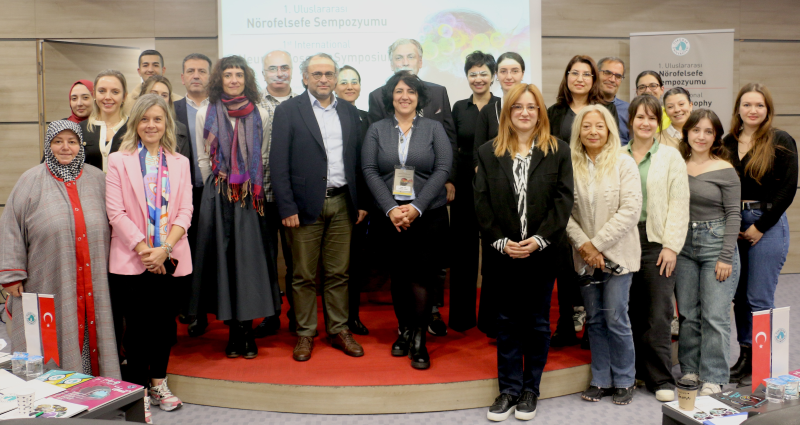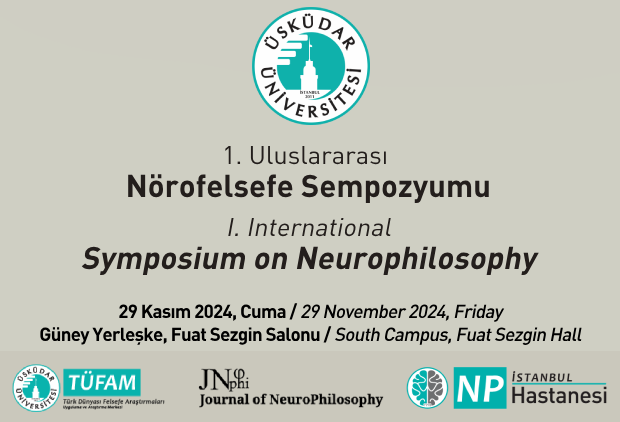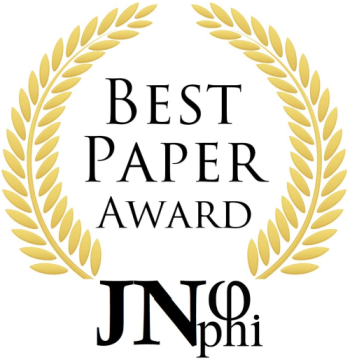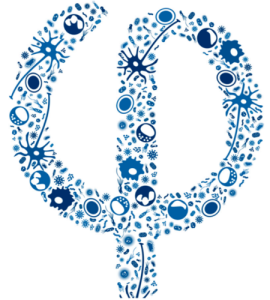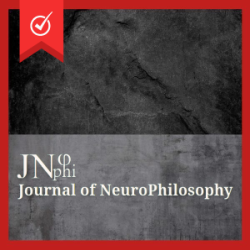Vol. 4 No. 1 (2025): Online First / Early View
Once the article(s) are accepted, we immediately publish them as early view. This approach ensures that readers are not deprived of the articles until the issue is officially published. Early view publication enables researchers to share their findings promptly, allowing other scholars in the field to benefit from and engage with the work.
In this issue, we proudly present a compelling collection of articles that push the boundaries of how we understand consciousness, ethics, and the fabric of reality. From the ethical dilemmas posed by cognitive enhancements to radical new models of consciousness grounded in neuromuscular dynamics and quantum principles, the works showcased here reflect the vibrant and interdisciplinary nature of contemporary neurophilosophy.
Eugénia Correia de Barros opens with a timely exploration of the ethics surrounding neuroenhancement in “Neuroenhancement or Neurocheating? Rethinking Ethics in the Age of Cognitive Upgrades,” challenging us to reconsider notions of fairness and authenticity in a rapidly evolving technological landscape.
Arturo Leyva Pizano’s “A Phenomenological 4E Eliminative Materialism” offers a transformative view of consciousness as rooted in bodily movement and action, blending phenomenology with eliminative materialism to redefine how awareness emerges from the neuromuscular system.
Arrigo Paciello ventures into the intersection of physics and philosophy with “What If the Ontological Basis of Consciousness are Quantum Exclusions?,” proposing an innovative quantum-inspired framework that invites fresh perspectives on the enduring hard problem of consciousness.
Vladislav Kondrat’s “Neuronal World: Illusionistic Explanation of the Empirical Reality” presents a sweeping neurophilosophical model arguing that what we perceive as reality is a continuous, rhythmically generated neuronal illusion, offering profound implications for our understanding of selfhood and mental phenomena.
Donald Mender’s “Metaphysical Tunneling” explores metaphysical possibilities for transcending traditional constraints on consciousness, enriching debates on subjective experience with novel conceptual tools.
In the articles section, Michael Remler tackles the longstanding explanatory gap between physicalism and dualism, proposing a hybrid framework that advances philosophical inquiry, while Richard James Lucido’s empirical investigation, “Do Cats Collapse the Wave Function?,” provocatively links subliminal perception with foundational issues in quantum measurement.
Read more about Vol. 4 No. 1 (2025): Online First / Early View
